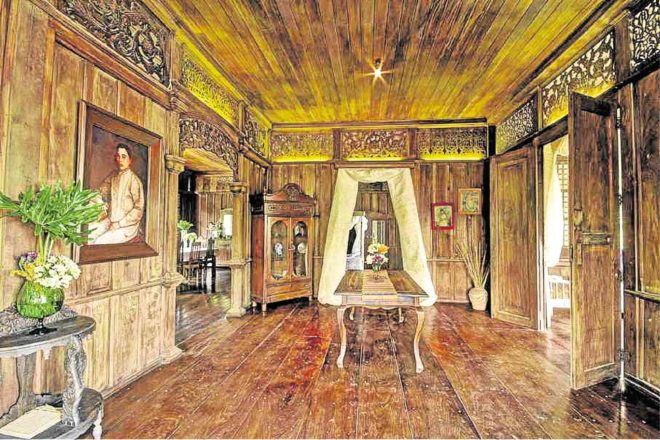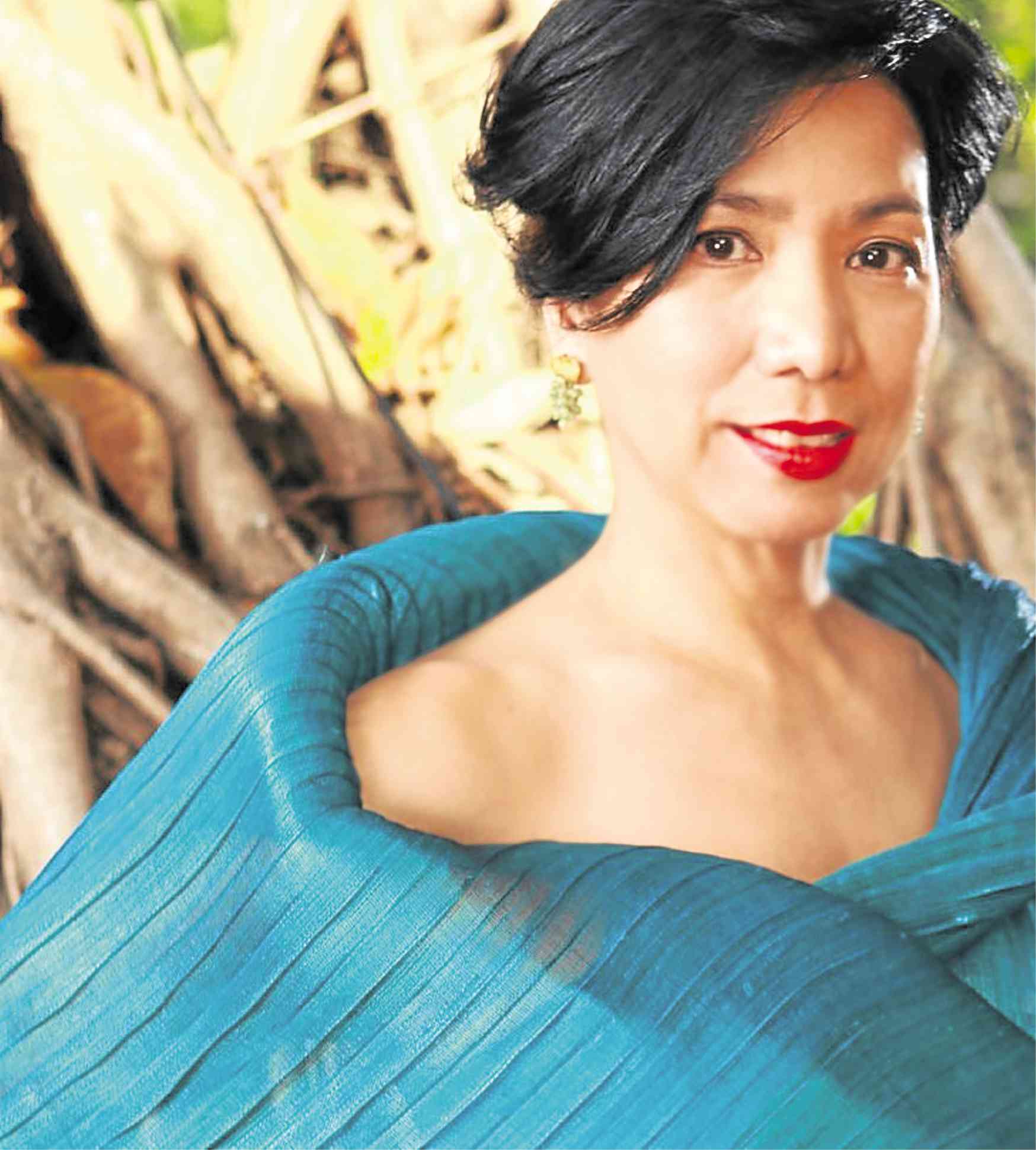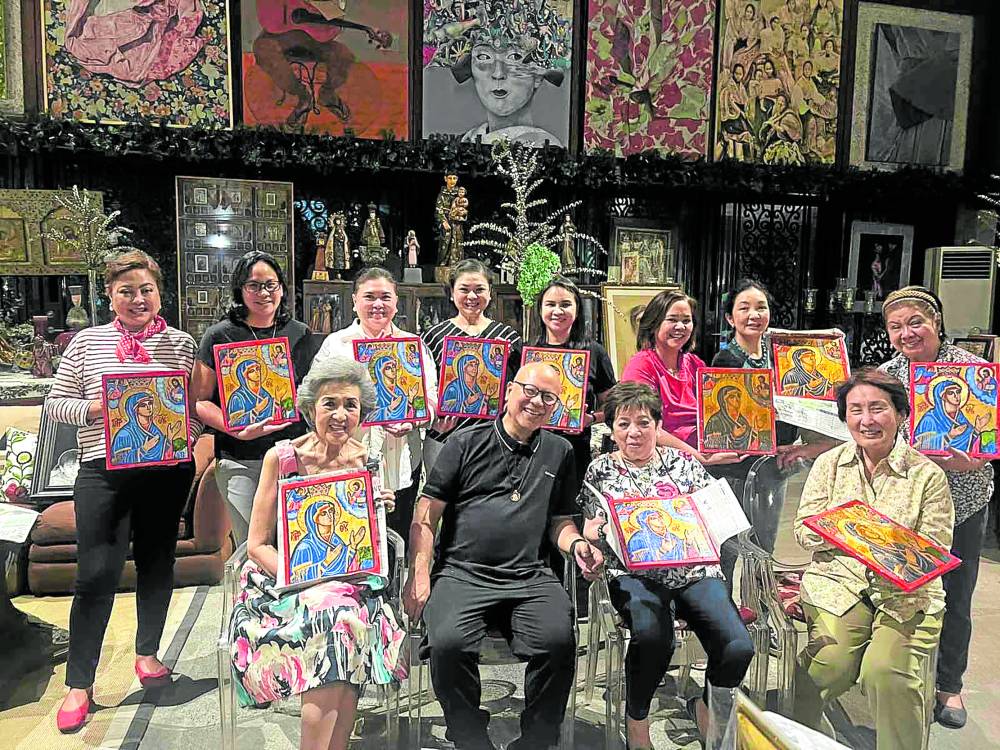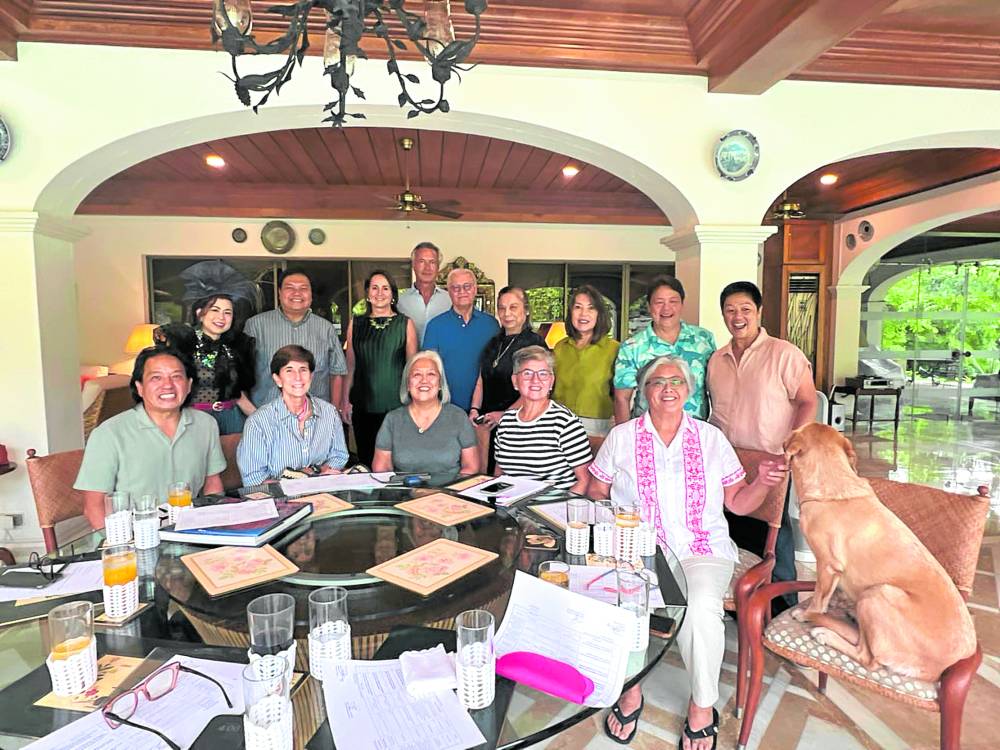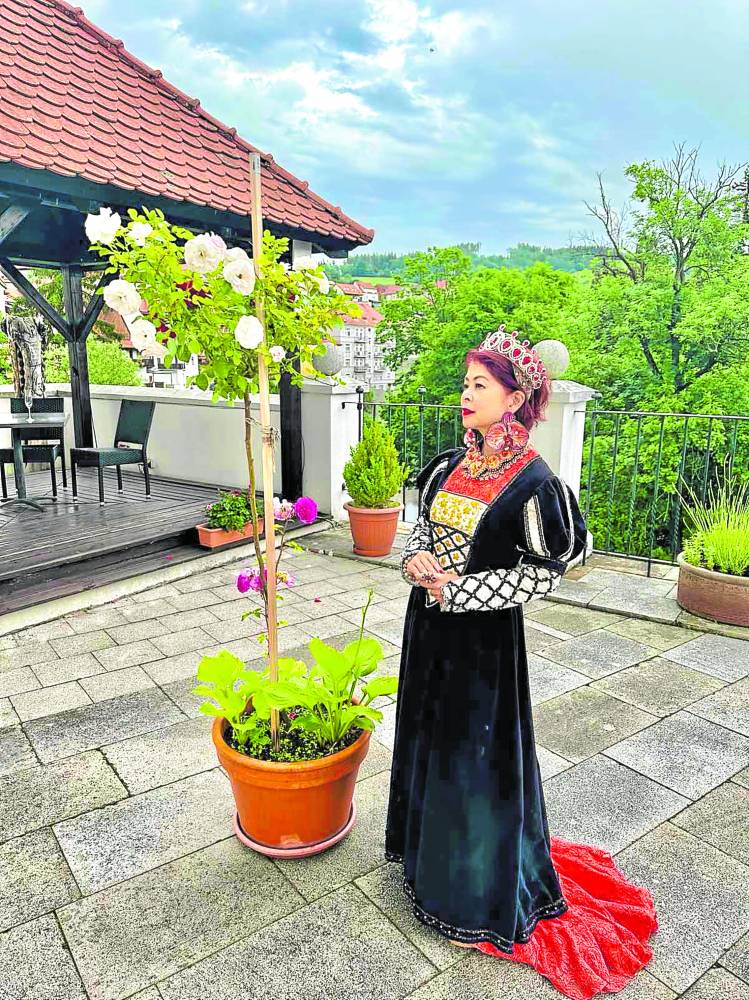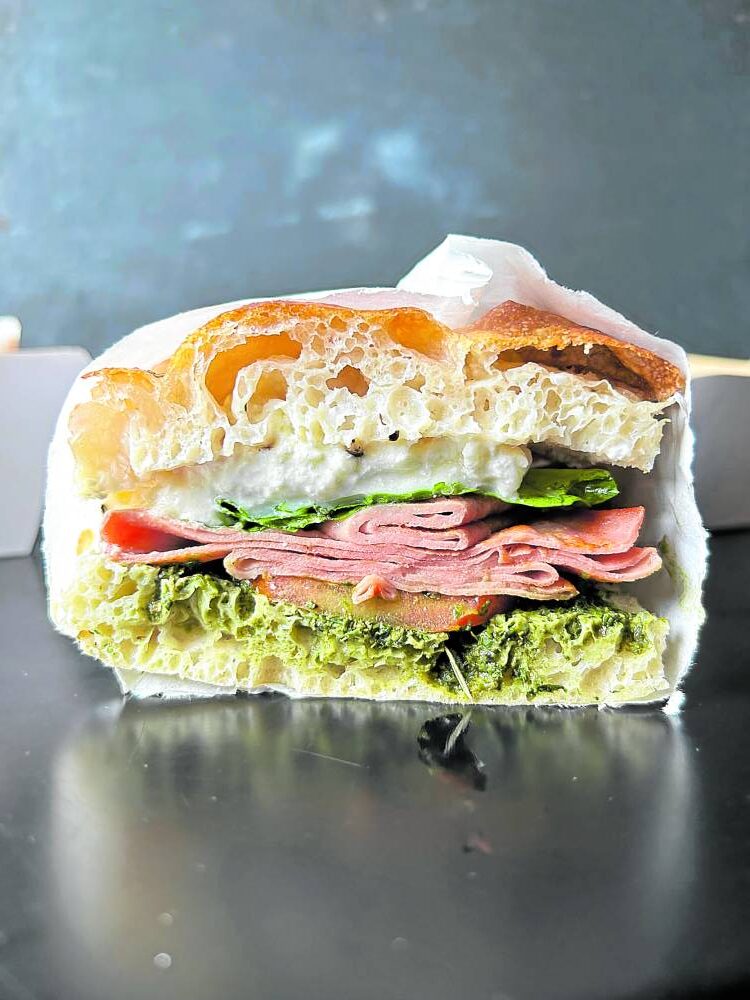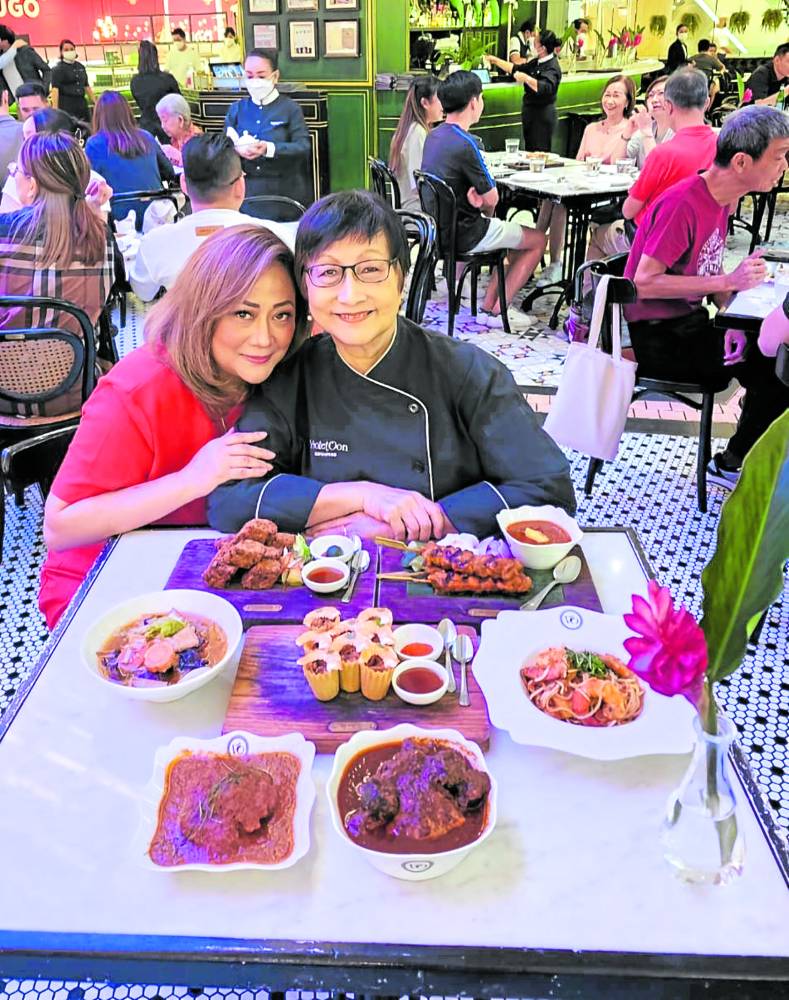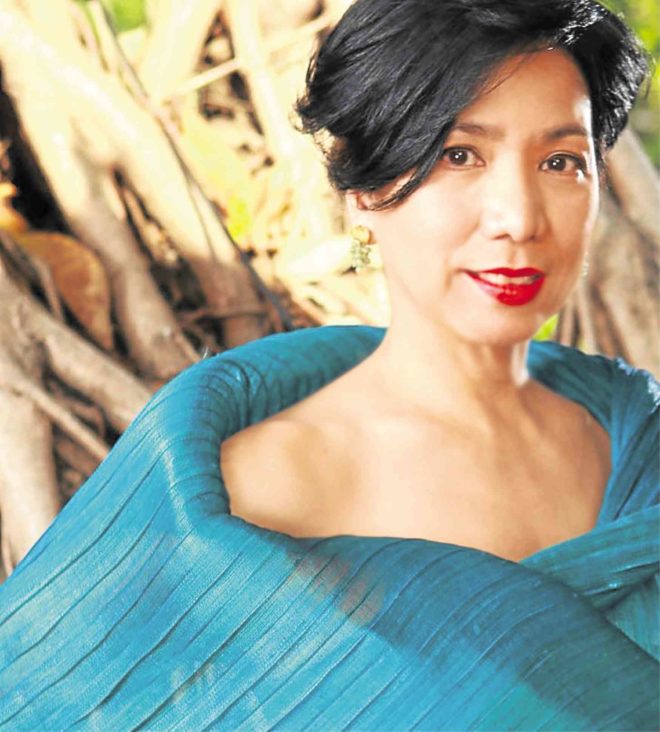
Designer and stylist Ditta Sandico has long been known for her innovation with native textiles, as in Banaca (Banana-Abaca) and Seda-Lino (Silk-Linen), as well as for the many ways her fabrics could be folded and worn.
She has literally brought a new twist to Filipiniana, where sleight of hand can recreate the panuelo or the fichu to be worn on modern dress. Filipino ladies on long journeys abroad can now throw in a striking, space-saving Ditta Sandico creation into their luggage and unfold it in their destination to add a Philippine touch to formal events.
It’s a look that everyone can now identify by sight as a Ditta design.
Historic town
Such talent cannot be explained easily, but in her case, a newly discovered interest shows a facet to her that gives us a clue. She has thrown herself full force into the restoration of Ing Bale Mi, the family ancestral home in Mexico, Pampanga, and turned its kamalig or granary into an events space that may be used for weddings, fashion shows, art exhibitions and concerts.
Like a Ditta dress, it is multifunctional, traditional while being innovative.
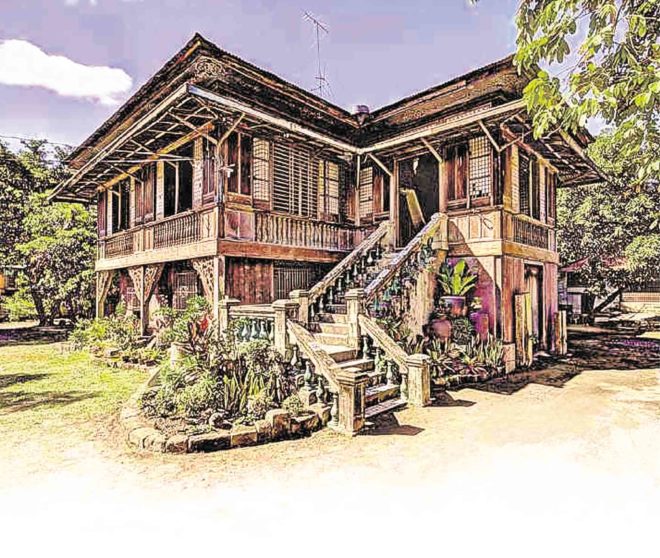
Standing on what used to be farmland in this historic town, this was where Ditta’s father, Fernando Hizon-Sandico, grew up until age 16, when he moved to Manila for further education.
The farmhouse, a property of her parents who were rice-growing landlords, is clearly a heritage structure. This leads us to recall her roots, starting with her ancestor, Gen. Maximo Hizon, who fought in the 1898 Philippine Revolution.
Beautiful narra floors, wide, airy windows and tasteful calado fretwork bring us back to an era when Filipinos took pride in their craftsmanship. Pampangos, then as now, were renowned for their mastery of woodwork, creativity and style.
Her father recounts how, during the Japanese occupation, military troops camped out in their home. Her father and his brother, still young, gained the confidence of cavalry officers who allowed them to take short rides on their horses.
She has managed to bring their ancestral home up to snuff with the help of Lito Perez of Taal and Quezon City, himself a heritage advocate.
Together, they have furnished it with ample Friar Botod lounging chairs, cane furniture, plantation chinoiserie and family memorabilia.
Interesting details are blue-and-white tiles on the stairs that might have come from a Spanish/Portuguese azulejo source, as well as woodwork carving décor under the house that reminds one of our own Muslim ukil traditions.
Ditta recalls with amusement the soft opening of her events-space kamalig, when fashion models coming from the main house to enter the hall had to balance on shaky wooden planks. An unexpected thunderstorm had suddenly flooded the entrance. Filipino aplomb in the face of potential disaster managed to overcome this challenge.
What would Pampanga be without its famed cuisine? Burong babi, delicate quail, the Pampango paella known as bringhe are what one is greeted with at Sandico’s hospitable table, lovingly prepared by their family steward, Tessie.
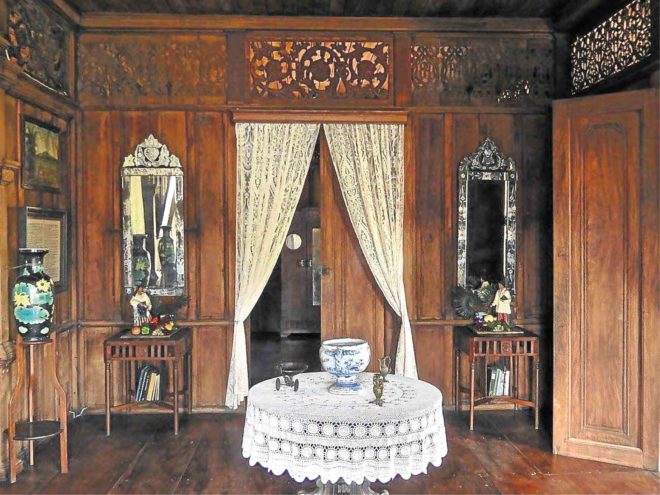
San Nicolas biscuits
Next door to the Sandico ancestral home is Aching Lilian Borromeo’s fantastic kitchen, home to authentic San Nicolas biscuits and other mouthwatering Pampango sweets.
Well into her 80s, Borromeo plays host to schoolchildren and curious tourists who may be eager to learn the art of selected Pampango desserts from a master chef.
A step into her kitchen, replete with family ancestral portraits on nipa-covered walls, is a journey into a past that still lives vibrantly in Mexico, Pampanga. This is a past that the cosmopolitan Sandico has linked up with in the restoration of her ancestral home.
What’s more, her mother, Corazon Rosario-Sandico, is herself the owner of another ancestral home, this time of the Rosario family, in the heritage town of Vigan in the north. Corazon recalls a time when living in Vigan as a child meant the combination of sophisticated urbanism (home to the Syquias and the Quirinos as well as the Crisologos and Singsons) and small-town friendliness.
Ciudad Fernandina, as the Spanish baptized Vigan, is indeed one of the Philippines’ oldest Hispanic towns. Dating from the 16th century, it miraculously survived World War II intact and has been recognized by Unesco as a World Heritage Site.
Corazon remembers growing up in earthy Vigan, when life was simple and devout. Her father, Judge Constantino Rosario, and mother, Maria Villanueva, went to church daily and served the Church religiously. They were benefactors to the nuns and priests who needed financial support.
Ditta recalls the 50th wedding anniversary of her grandparents, when the entire Rosario clan trouped to Vigan to celebrate at the Divine Word Minor Seminary as venue for reception with the religious community as special guests.
Rare is the Filipino who can claim marvelously preserved ancestral homes on both sides of the family. With her Pampango-Ilocano roots and her gift of creation, Ditta Sandico is splendidly positioned for the renaissance of Philippine heritage that we may yet be witnessing soon.
How to get there: Ing Bale Mi in Mexico, Pampanga, may be visited on appointment. Call Rona Tayaba at 571 8922 or 0975-7340129.
